
cd_nom
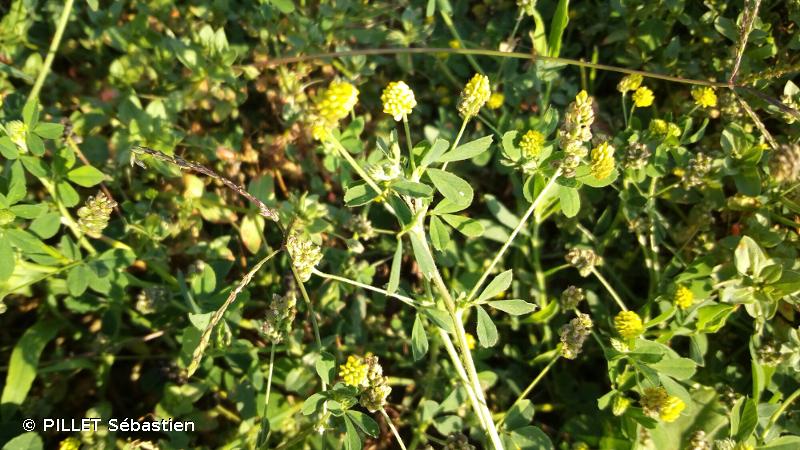
| Author : PILLET Sébastien |
 |
To get the picture, please visit:
PILLET Sébastien
email: inpn@mnhn.fr
Observation partagée via l'application INPN Espèces
Any reuse of one or more photographs on this site is subject to an authorization request from the author.
Link to the Code of Intellectual Property (Legifrance)
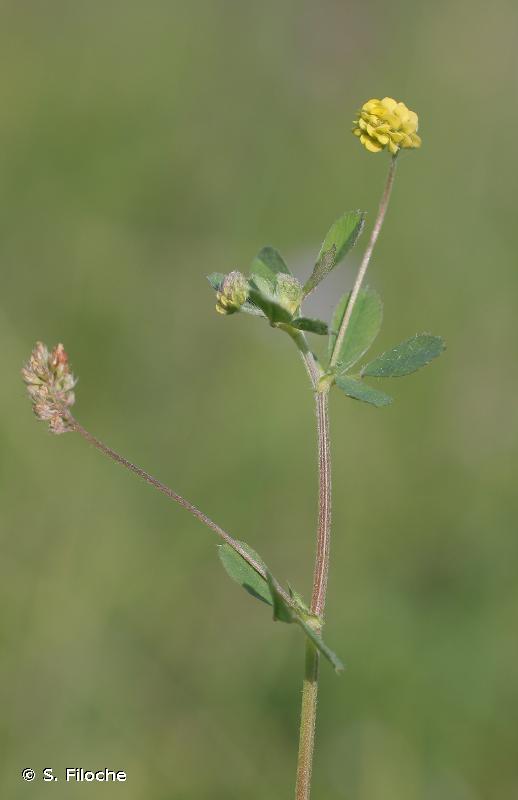
| Author : S. Filoche |
 |
To get the picture, please visit:
Sébastien Filoche,
CBNBP/MNHN
61, rue Buffon - 75005 Paris
email : inpn@mnhn.fr
Despite the Creative Commons license, please inform the author of the use which will be made of his photo

| Author : S. Filoche |
 |
To get the picture, please visit:
Sébastien Filoche,
CBNBP/MNHN
61, rue Buffon - 75005 Paris
email : inpn@mnhn.fr
Despite the Creative Commons license, please inform the author of the use which will be made of his photo

| Author : Y. Martin |
 |
To get the picture, please visit:
Yoan MARTIN
email : martin.yoan95@gmail.com
Despite the Creative Commons license, please inform the author of the use which will be made of his photo
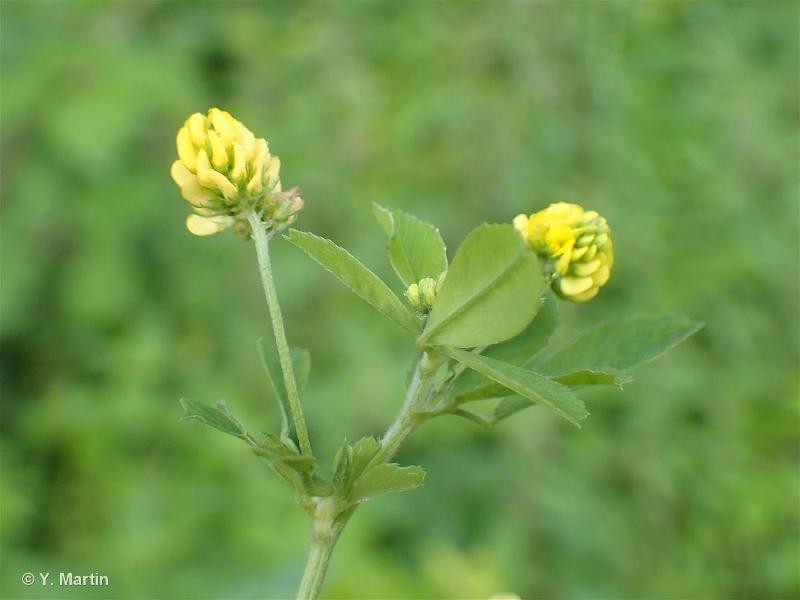
 |
To get the picture, please visit:
Yoan MARTIN
email : martin.yoan95@gmail.com
Despite the Creative Commons license, please inform the author of the use which will be made of his photo
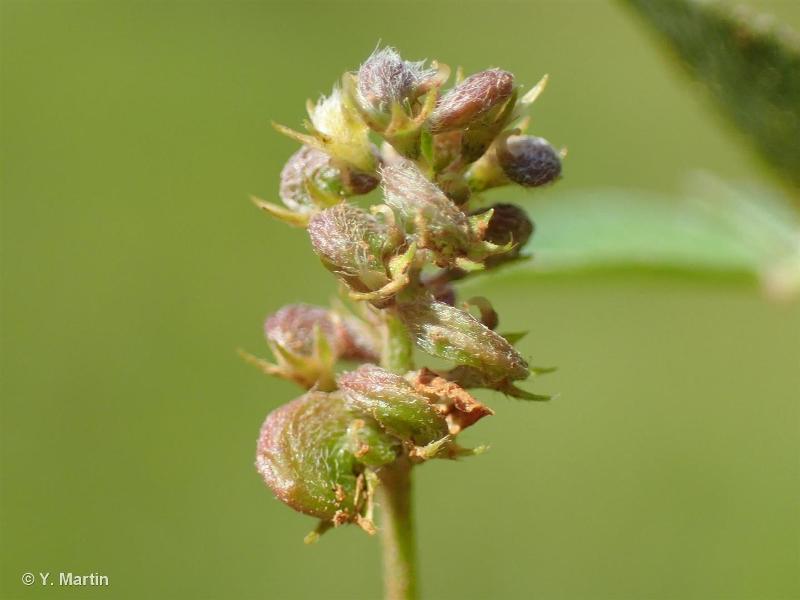
 |
To get the picture, please visit:
Yoan MARTIN
email : martin.yoan95@gmail.com
Despite the Creative Commons license, please inform the author of the use which will be made of his photo

 |
To get the picture, please visit:
Yoan MARTIN
email : martin.yoan95@gmail.com
Despite the Creative Commons license, please inform the author of the use which will be made of his photo
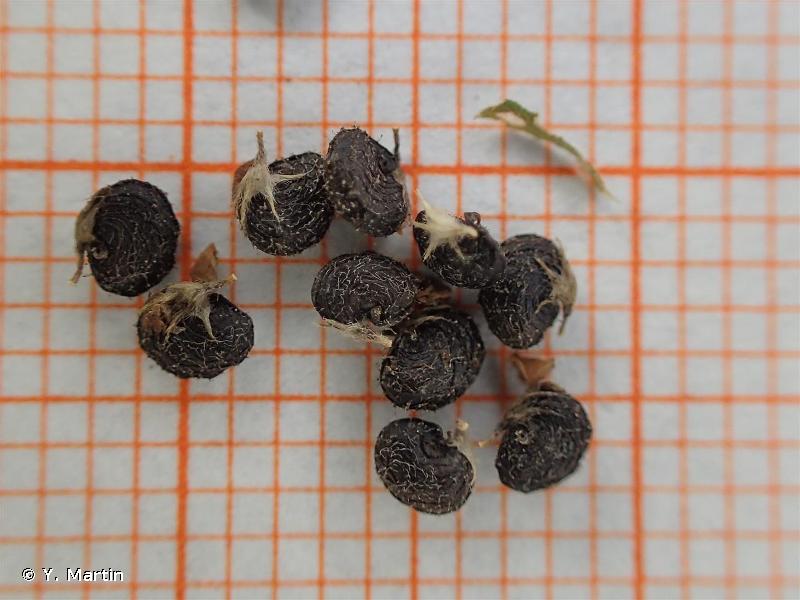
| Author : Y. Martin |
 |
To get the picture, please visit:
Yoan MARTIN
email : martin.yoan95@gmail.com
Despite the Creative Commons license, please inform the author of the use which will be made of his photo
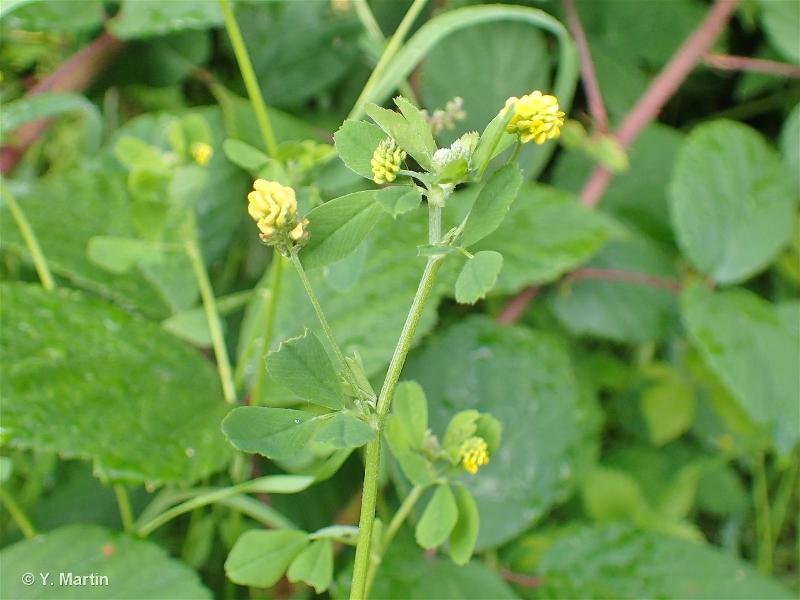
 |
To get the picture, please visit:
Yoan MARTIN
email : martin.yoan95@gmail.com
Despite the Creative Commons license, please inform the author of the use which will be made of his photo
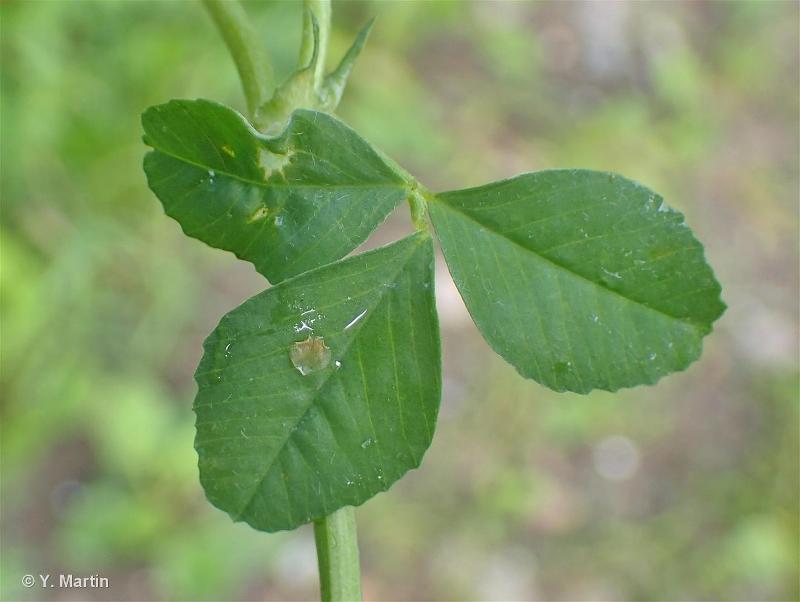
 |
To get the picture, please visit:
Yoan MARTIN
email : martin.yoan95@gmail.com
Despite the Creative Commons license, please inform the author of the use which will be made of his photo
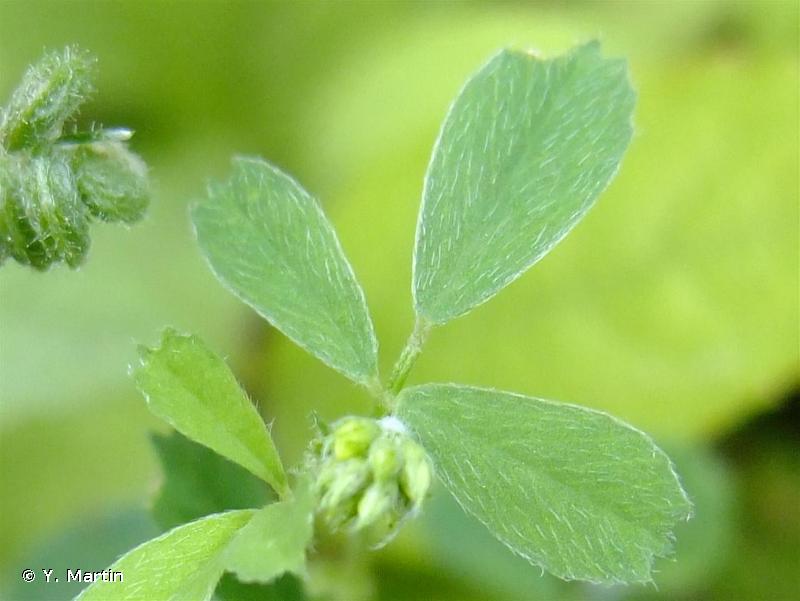
| Author : Y. Martin |
 |
To get the picture, please visit:
Yoan MARTIN
email : martin.yoan95@gmail.com
Despite the Creative Commons license, please inform the author of the use which will be made of his photo
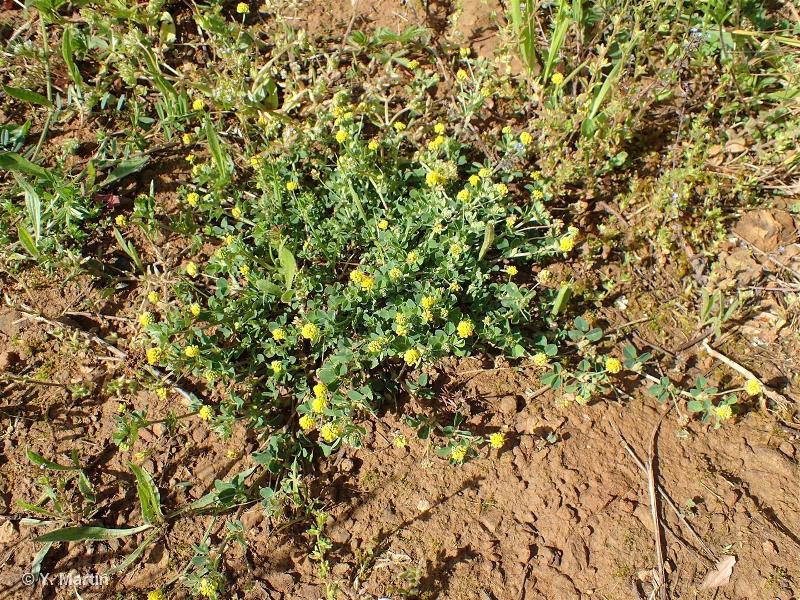
 |
To get the picture, please visit:
Yoan MARTIN
email : martin.yoan95@gmail.com
Despite the Creative Commons license, please inform the author of the use which will be made of his photo
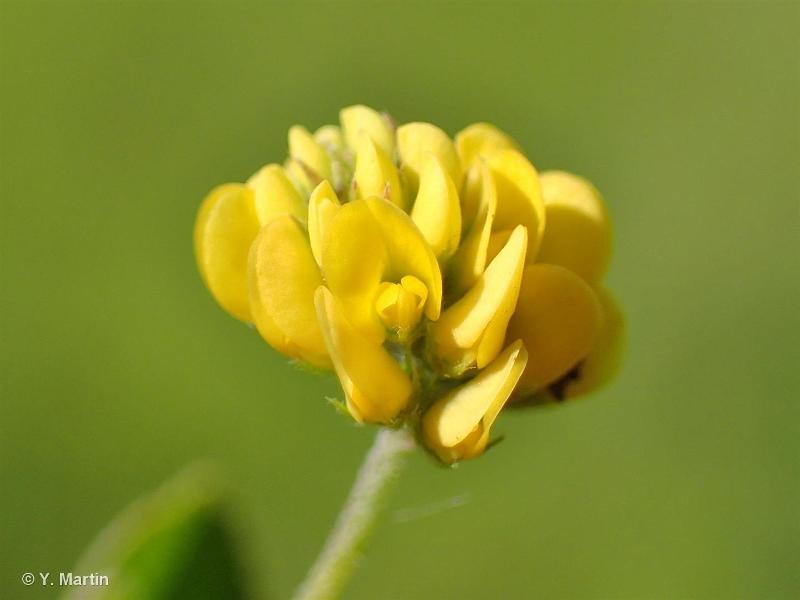
 |
To get the picture, please visit:
Yoan MARTIN
email : martin.yoan95@gmail.com
Despite the Creative Commons license, please inform the author of the use which will be made of his photo
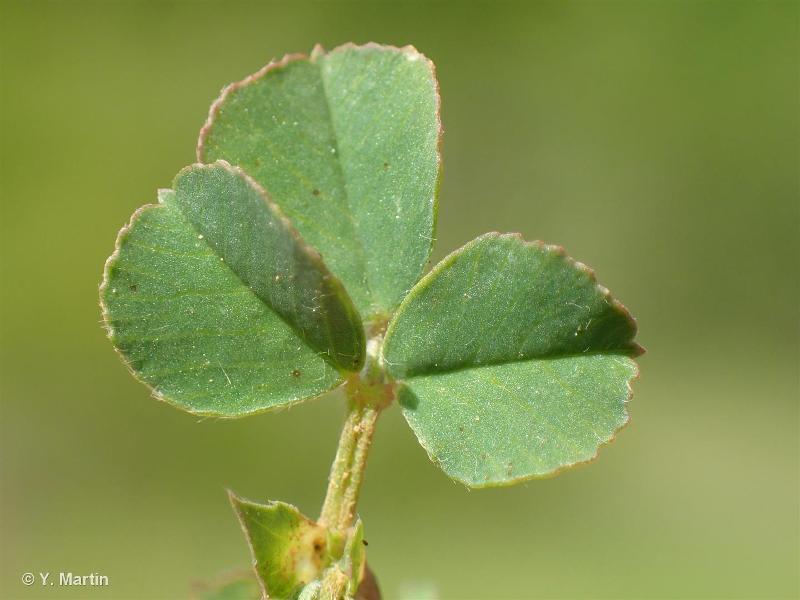
 |
To get the picture, please visit:
Yoan MARTIN
email : martin.yoan95@gmail.com
Despite the Creative Commons license, please inform the author of the use which will be made of his photo
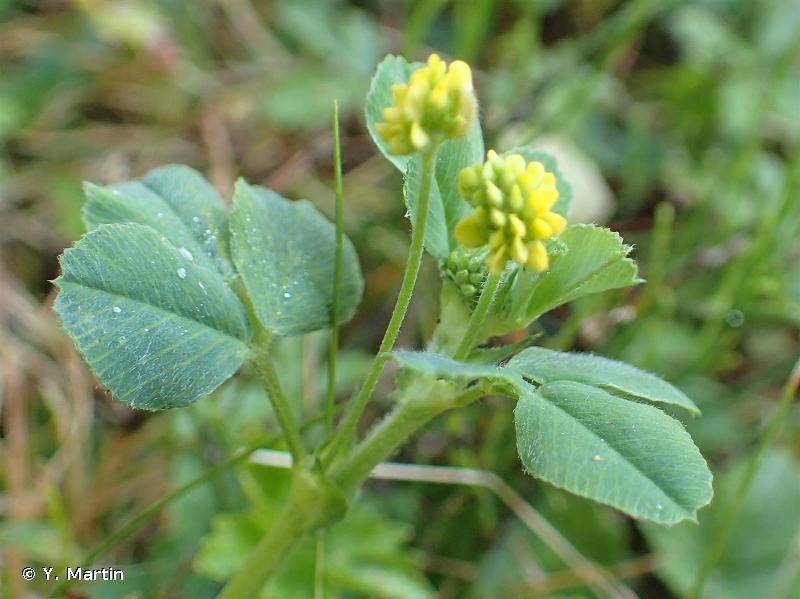
| Author : Y. Martin |
 |
To get the picture, please visit:
Yoan MARTIN
email : martin.yoan95@gmail.com
Despite the Creative Commons license, please inform the author of the use which will be made of his photo
Diagnose :
La Luzerne Lupuline est une espèce de la famille des Fabacées (anciennement appelée Légumineuses), herbacée, annuelle à vivace, rampante à dressée, à tiges souvent très ramifiées, pouvant atteindre 30 cm de hauteur. Ses feuilles sont alternes, à trois folioles ovales elliptiques et à courtes dents terminales. Les fleurs sont disposées en petites grappes portées par un long pédoncule. Elles possèdent un calice à cinq sépales étroits soudés, cinq pétales jaunes soudés à leurs bases selon le modèle de la corolle dite « papilionacée » et dix étamines. La floraison s'étale du milieu du printemps aux premières gelées. Les fruits sont des petites gousses enroulées sur elles-mêmes sur un tour et ne possédant qu'une seule graine.
Détermination :
La Luzerne Lupuline est très facile à déterminer, cependant d'autres espèces de luzernes à fleurs jaunes peuvent être rencontrées. Le caractère le plus utile pour assurer l'observation de cette espèce est que celle-ci possède, au bout de chacune de ses folioles, un petit mucron (une dent) plus allongé que ceux qui le jouxtent. Le Trèfle douteux (Trifolium dubium Sibth.) et le Trèfle des champs (Trifolium campestre Schreb.) sont très proches de la Luzerne lupuline, mais ont des fruits en gousses linéaires et non enroulées sur elles-mêmes.
Biogéographique et écologie :
En France métropolitaine, cette espèce est commune dans toutes les régions. Son habitat privilégié correspond aux terres nues des cultures et les sols découverts, souvent sablonneux ou à gravillons. Elle affectionne également les zones herbeuses non entretenues, comme les prairies et les bermes routières.
D'après : Coste, H. 1900-1906. Flore descriptive et illustrée de la France, de la Corse et des contrées limitrophes. Paul-Klincksieck, Paris. Réédité en trois tomes en 1998. Librairie scientifique et technique Albert Blanchard, Paris.
O. Escuder(UMS 2006 Patrimoine Naturel (AFB / CNRS / MNHN)),2016
Continental
Metropolitan France
Overseas
Marine
Metropolitan France
Overseas
The map presents a summary at the 10 x 10 km grid of the observation data for the species transmitted to the SINP. These data have been subjected to validation filters.
The map presents a reference distribution layer of the species at the scale of departments and marine sectors. The presence and absence data were established by expertise within a network of partners. This reference distribution is used in the validation process of the SINP data at the INPN level.
Corresponds to a report on the basis of at least one observation proved within a period of 10 years (20 years for little-known invertebrates) preceding the year and no presumption of extinction since obtaining the last data nor doubt on reproductive and implemented nature of this population. For migratory species, the presence indicated concerns areas of reproduction.
This status is based on one or more of the following criteria:
This point covers the absence, more difficult by nature to demonstrate than presence. This status is based on one or more of the following criteria:
This status must be assigned to a department in which the presence of the species is casual.
Particular case of absence due to a proven extinction less than a half century ago (older disappearances are treated as "no probable or definite").
In the state of knowledge, we can not comment on the presence or absence in the current department. This is the default status when not comprised in one of the previous categories or whenever there is doubt.
The map shows the global distribution of the species based on GBIF data (Global Biodiversity Information Facility).
